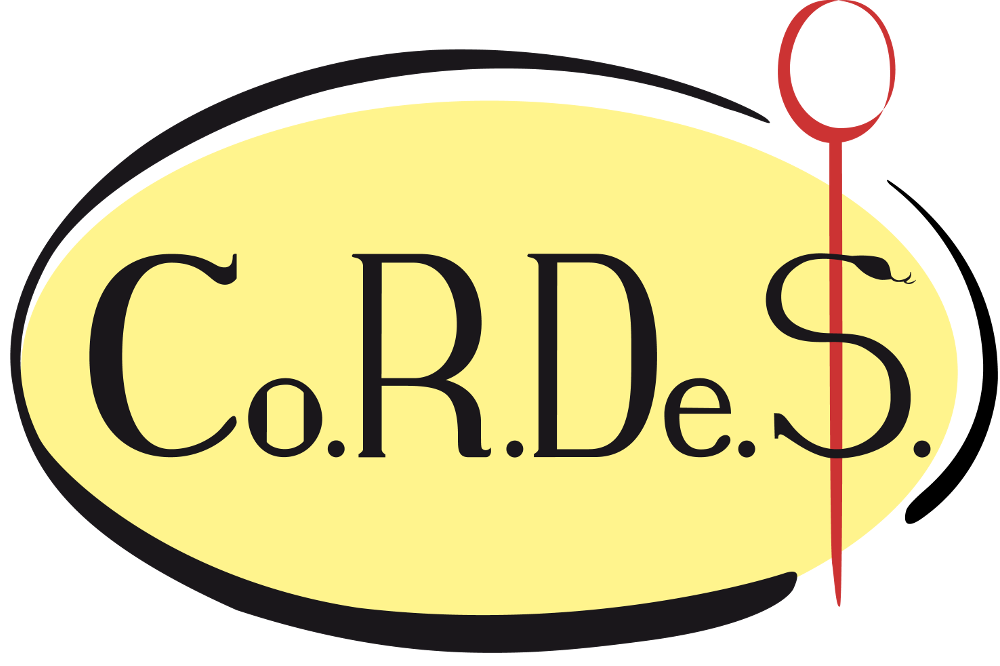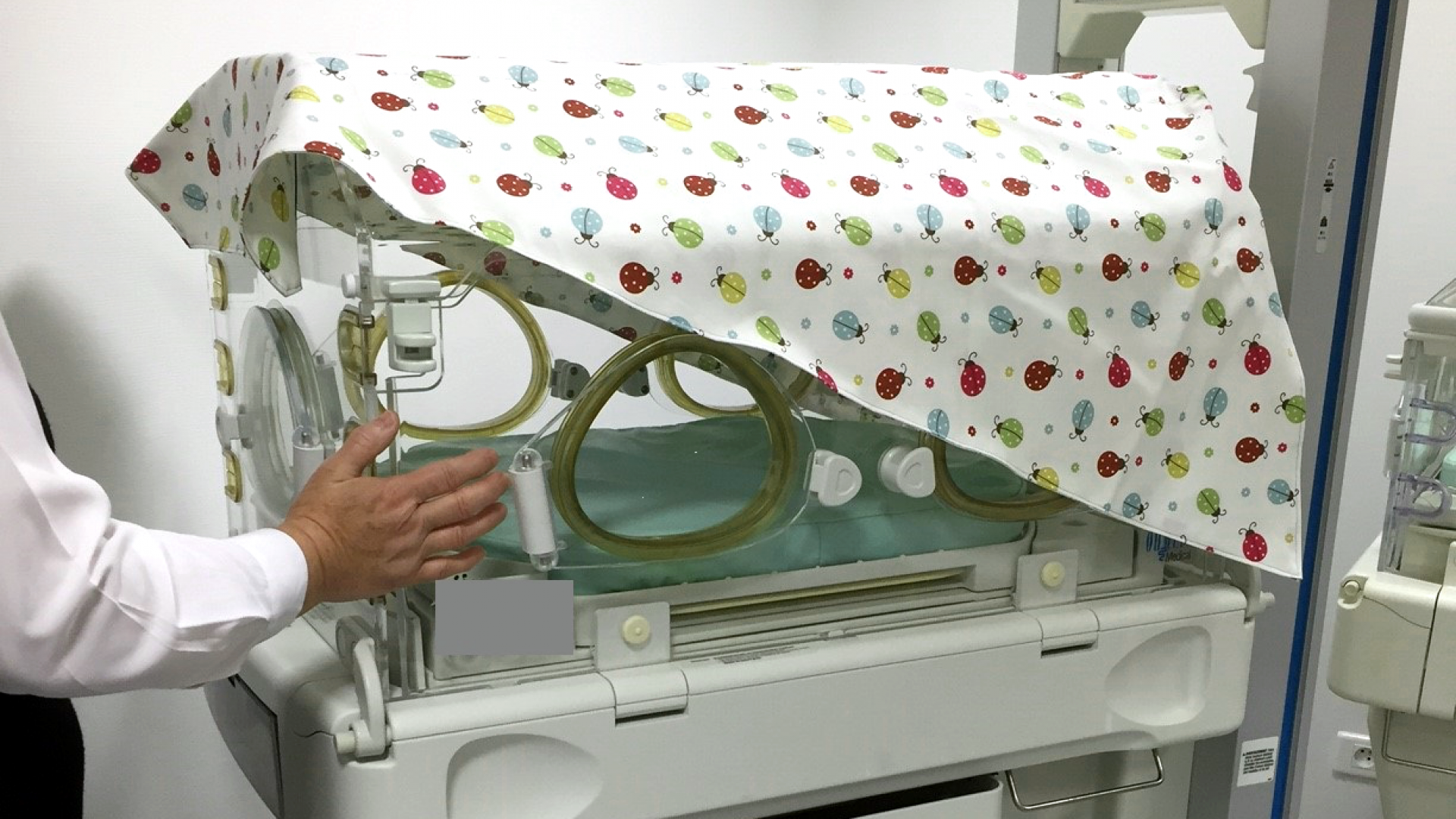1. Context
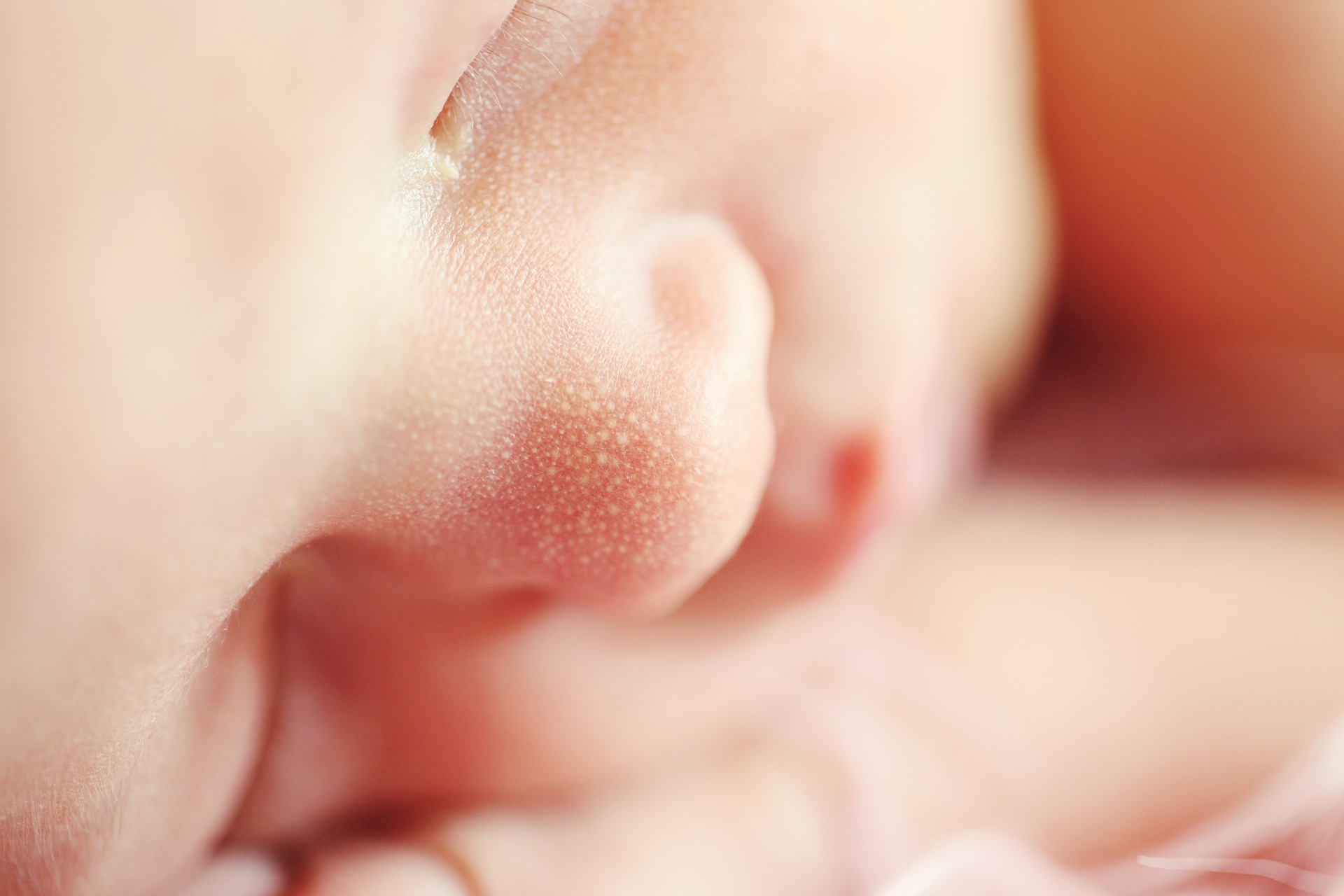
When a child was born too early, it is more likely to develop an alteration in its visual function than in the case of term birth. Significant visual disturbances are found in 3% of children born prematurely, that is to say, born before 8 months of pregnancy. The visual impairment can be very severe, up to the loss of vision in 1% of children, in case of an abnormality of the retina of the preterm, called retinopathy. Impaired vision can also result in disorders such as myopia, hyperopia, astigmatism and even visual impairment. The rate of vision disorders reaches 57% of children born prematurely before 6 months of pregnancy, at the age of 5. 1 A diminished visual acuity can be a source of learning difficulties. And it is important to do everything possible to avoid or mitigate it.
It was noted that premature babies born before 6 months of pregnancy and with visual impairment at age Of 2-year-olds were more likely to have psychomotor retardation than those born at the same level of prematurity but with no visual impairment 3
2. Visual development and problem definition

The visual development is done in 3 steps. 4
The first step is the anatomical formation of the eye, influenced by genetics, the second corresponds to a so-called endogenous stimulation that the fetus receives when it is still in utero, in the womb of her mother, and the third, the visual experience by luminous stimulation that the newborn receives after birth. 4 Children born prematurely are at high risk of vulnerability Of the visual development because the second stage of this development, which normally occurs in utero, is at least shortened or absent due to too early birth.
Normally, during the 3rd trimester in the utero, the sleep of the fetus is structured and the association with paradoxical sleep is essential to prepare the visual system for receiving the exposure experience.5 During this period, a first rough organization of the topography of the visual pathways with the establishment of functional nerve connections develops. These connections can be at least altered by tobacco, alcohol, drugs and medicines causing depression of the nervous system, but also sleep disorders, luminous or auditory stimuli too strong and continuous, and the absence of alternation Between periods of darkness and periods of moderate light stimulation.5
Indeed, the photoreceptors under development contribute to the synchronization between, on the one hand, the rhythms based on the cyclic luminous variations of the environment (day-night alternation) and on the internal biological clock generating oscillations On the other hand, effector systems which lead to the regulation of physiological rhythms. 5
Early neuro-visual development will be disrupted by direct intense light. To overcome this difficulty, the awareness of the often excessive illumination of the Units of care has led some to propose a complete occlusion of incubators. Unfortunately, the lack of sight-fixing, lack of attention, and the lack of adequate light in the wake-up phase also disrupt the visual development4. It is thus possible that the disorders observed are due to a disturbance of the regulation of the excess number of nerve connections that exists at the time of birth. 1
In the case of premature birth, the newborn needs light to set up his biological clock 4,5 This should be sufficient, respecting sleep-wake rhythms , Indispensable for the establishment of hormonal cycles, but not excessive.
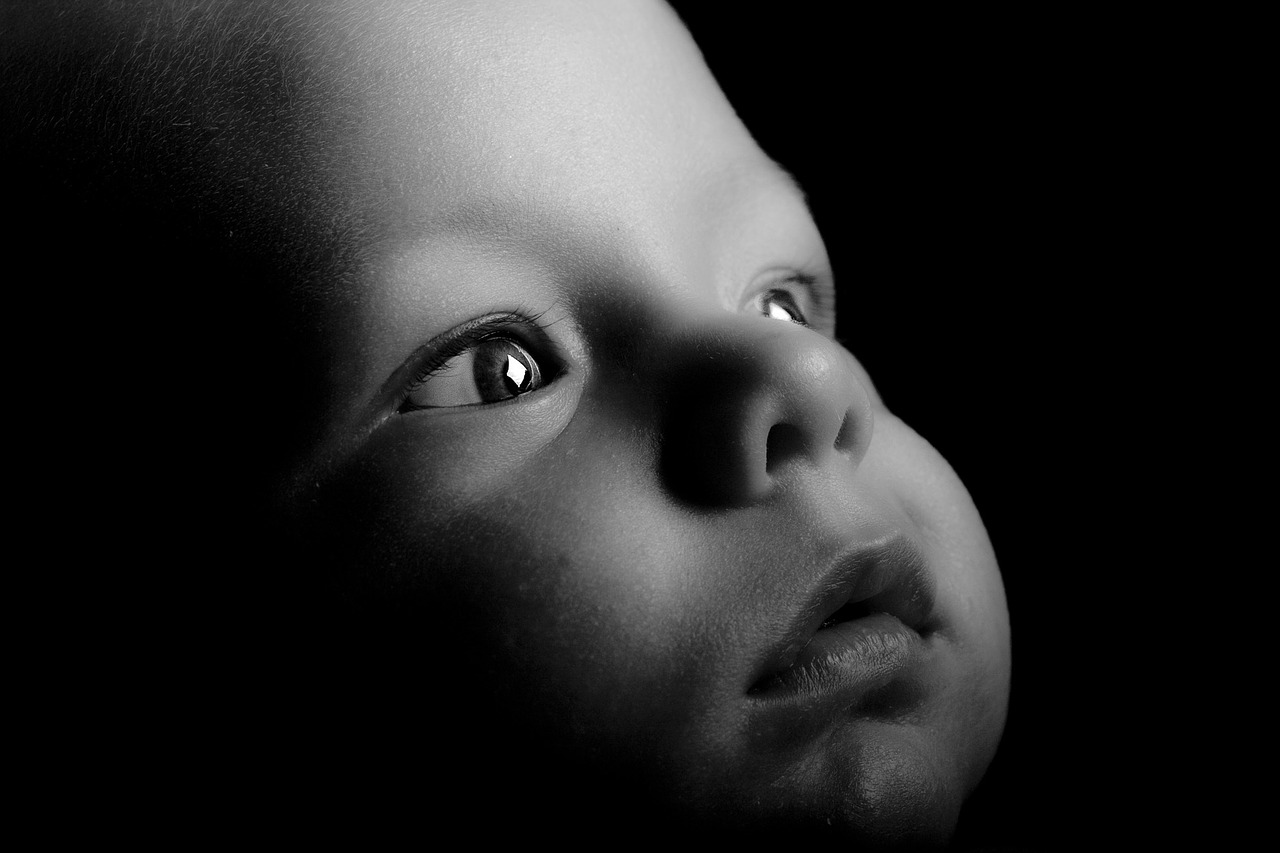
Reducing the environmental brightness of premature babies allows for better eye opening and clinical stability. Associated with the realization of day / night cycles of significant benefits have been observed on digestive tolerance of food, weight gain and sleep. 6 Finally, despite monitored monitoring devices, The interest of observation by the care staff and the need to maintain spontaneous visual contact for the establishment of a harmonious parent-child relationship are fundamental parameters that come into play in what is known today as Development Care.
3. The solution
BabyCouv’ is an invention whose object is to provide novel means for meeting the disadvantages described above. It is a question of proposing a covering device for a newborn incubator whose particular shape provides protection against excessive direct light 4,6,7 but allows sufficient light to pass for the setting up Of the rhythms of the biological clock. It has a beveled shape and has a longitudinal direction, characterized in that one of its ends is twice as wide as its width at its end opposite; And at least in the middle part of its largest width. The occultation which is only partial makes it possible to maintain a visual contact for the parents and observation of the caregivers.7
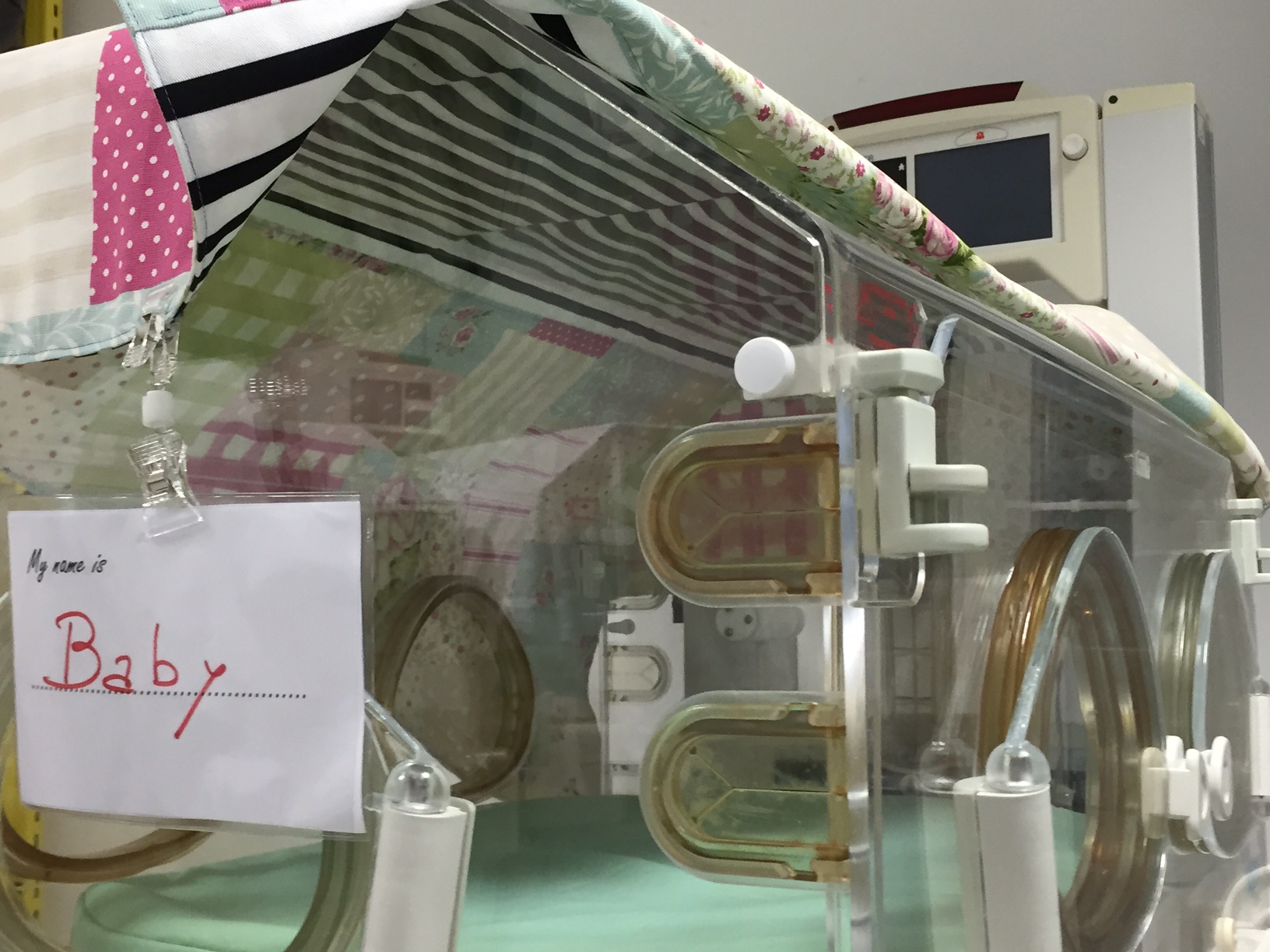
The invention also proposes a visual target device adapted to newborns, characterized in that it comprises a series of longitudinal strips, parallel and contrasted, facing the view of the newborn at a distance compatible with its visual perception. This algorithm attracts and fixes the gaze of the child intermittently thus palliating the lack of attention and stimulation which participates otherwise to the disorders of the visual development.4
It should be noted that the invention is designed to attenuate the noises on the side where the monitoring monitors are with their alarms while enabling the parents to talk to their child by allowing them to observe it at the non-occulting end of the device. 1,7
On a practical level, it is a blanket made in France, cotton dyed, woven and washable. It is doubled, reversible and invertible (not to use the target and to modulate the degree of exposure to light). Its symmetrical design with respect to a longitudinal plane allows easy positioning on the top of the incubator. Its bevelled cutting allows a simplified access to the portholes of the incubator.
References
1. Birch EE, O’Connor AR. Preterm birth and visual development. Semin Neonatol. 2001;6(6):487 97.
2. O’Connor AR, Spencer R, Birch EE. Predicting long-term visual outcome in children with birth weight under 1001 g. J AAPOS. 2007;11(6):541 5.
3. Holm M, Msall ME, Skranes J, Dammann O, Allred E, Leviton A. Antecedents and correlates of visual field deficits in children born extremely preterm. Eur J Paediatr Neurol. 2015;19(1):56 63.
4. Graven SN. Early neurosensory visual development of the fetus and newborn. Clin Perinatol. 2004;31(2):199 216.
5. Maurer D, Lewis TL. Visual acuity: the role of visual input in inducing postnatal change. Clin Neurosci Res. 2001;1(4):239 47.
6. Fielder AR, Moseley MJ. Environmental light and the preterm infant. Semin Perinatol. 2000;24(4):291 8.
7. Nissen et al. Développement des fonctions visuelles du fœtus et du nouveau-né et unités de soins intensifs néonatals. Arch Pediatr 2006

